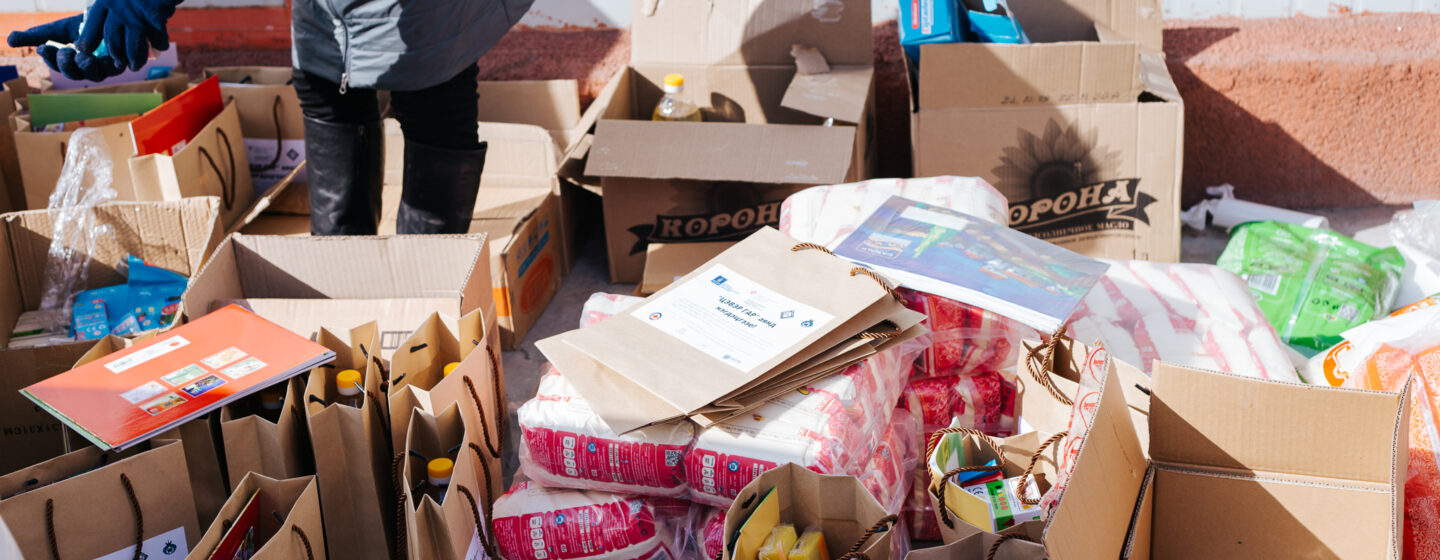Overview
The country made important progress in reducing poverty in the past decade. Creating more and better jobs is a critical challenge for the country; labor market inclusion remains a challenge, especially for the younger population. These challenges were amplified by the COVID-19 pandemic, which took a heavy toll on household livelihoods and the economy despite substantial government support. With vast agricultural, livestock and mineral resources, and an educated population, Mongolia’s development prospects look promising in the medium- to long-term counting on the implementation of structural reforms.
Mongolia’s national poverty headcount rate in 2022 was 27.1 percent. The national poverty line was rebased using data from 2022 to reflect changing standards of living in the country. In 2022, the national poverty line was estimated at 418,090 Mongolian tugrik per adult equivalent per month, a 40 percent increase (in 2022 Mongolian tugrik) over the previous poverty line set in 2010.
Under the World Bank’s lower-middle income class poverty line ($3.65 per day, 2017PPP), 2.4 percent of the population was estimated to be in poverty in 2022. The Prosperity Gap – a new World Bank measure of shared prosperity – represents the average factor by which welfare must increase for the population to reach a prosperity standard of $25 per day and is measured at 2.8 in Mongolia. Inequality as measured by the Gini index was 31.4 in 2022.
Mongolia will also need to continue to achieve progress in poverty reduction and ensure equal opportunities to all citizens in urban and rural areas.
Source: World Bank



